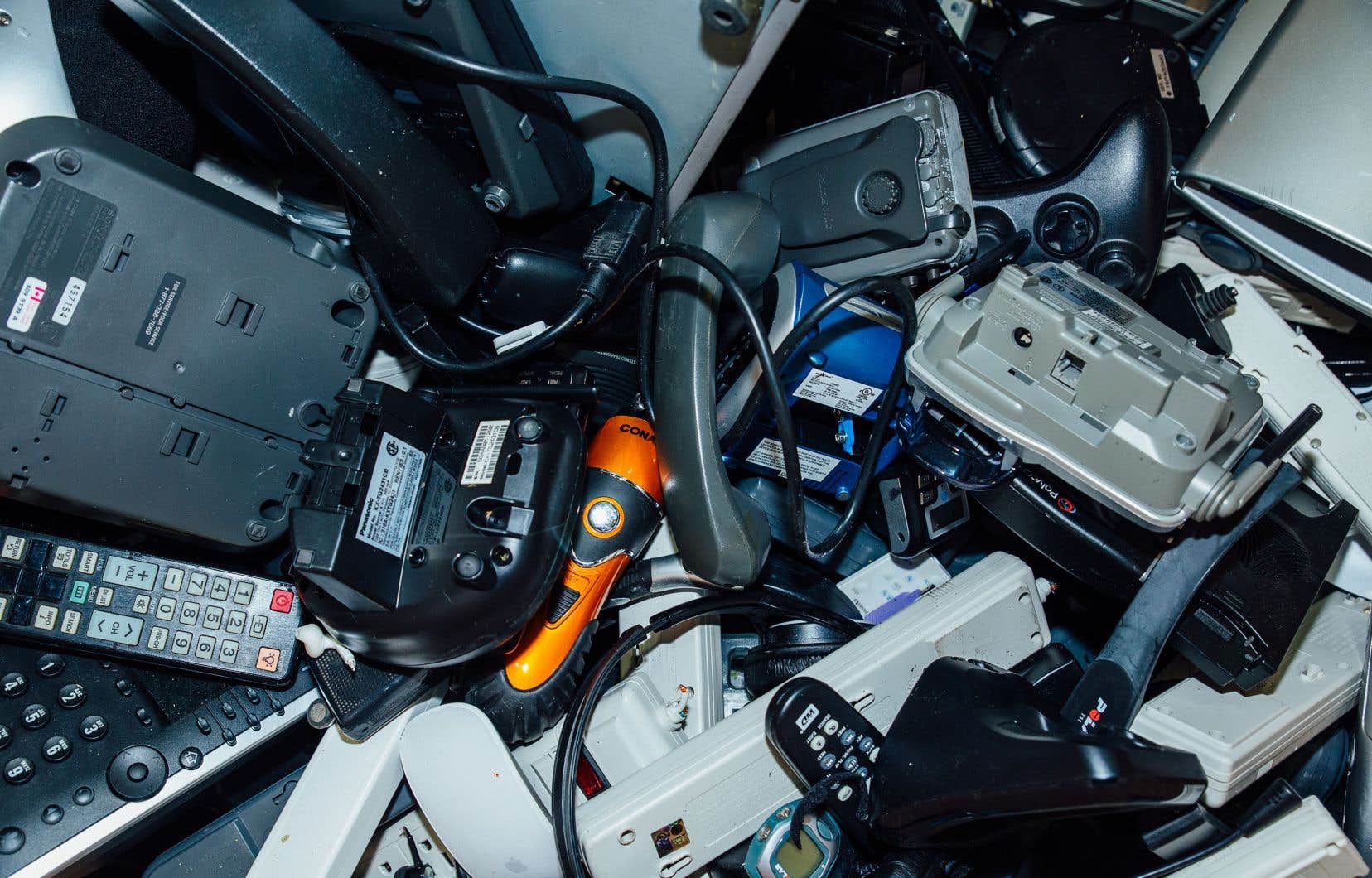The amount of electronic waste has more than tripled in Canada over the past two decades and is expected to continue to rise, according to a new study by researchers at the University of Waterloo in Ontario.
Their findings advocate better management of e-waste to reduce environmental damage and even reap economic benefits.
The researchers conducted what they called a comprehensive estimate of e-waste in Canada to better understand the life cycle of electronic items, from point of sale to disposal. The study, published in the Journal of Hazardous Materialslooked at e-waste data going back to 1971.
E-waste consists of discarded electronic products including computers, televisions, cell phones, consumer goods such as electronic toys and home lighting, and major household appliances such as refrigerators or washing machine.
Research indicates that the generation of electronic waste per person has increased from 8.3 kilograms in 2000 to 25.3 kilograms in 2020. Canadians generated nearly one million tonnes of electronic waste in 2020, and this is expected to reach 1 .2 million tons per year by 2030, according to the study.
Lead researcher Komal Habib, a professor in the School of Environment, Business and Development at the University of Waterloo, believes the rise in consumer electronics can be attributed to the accelerated pace of technological developments since the turn of the millennium, the shorter lifespan of devices and consumer habits.
“From a consumer perspective, we tend to upgrade our technology setup in favor of the latest technology available. The phone I’m holding now is five years old, but not many Canadians are like me, are there? They tend to update their device every year,’” according to Professor Habib.
The study also found that the estimated growth of e-waste reflects Canada’s growing population.
Within all of this electrical waste is, according to the study, “an urban mine of valuable minerals and many other types of resources.” According to Komal Habib, this waste could help create a secondary supply chain of critical minerals and reduce potential supply disruptions, if managed properly.
Additionally, inefficient handling of e-waste can lead to the release of toxic materials into the environment, causing environmental and human health issues, according to the study.
Professor Habib points out that Canada’s e-waste recycling infrastructure has not kept pace with the development of electronics. Governments can address the rise in e-waste by providing more incentives for recyclers to keep pace with the waste, in his view. Product designers should also pay more attention to how metals and minerals can be recovered more easily.
“It’s something that’s missing: a bridge between these two sectors at both ends of a product, at the designer and manufacturer level, as well as at the end-of-life level,” she explains. Ms. Habib argues that e-waste management is a shared responsibility and that consumers also play a role.
“It is our responsibility to be aware of our consumption habits. We really don’t need to update our product every year or two if it’s fully functional and provides the service we bought it for. »
His research calls for paying more attention to improving opportunities to repair, refurbish and extend the life of products rather than focusing solely on recycling and recovering materials.
“Repairing is something we have forgotten about in high-income societies, observes Professor Habib, but we should really promote what can be repaired before throwing it away. »
